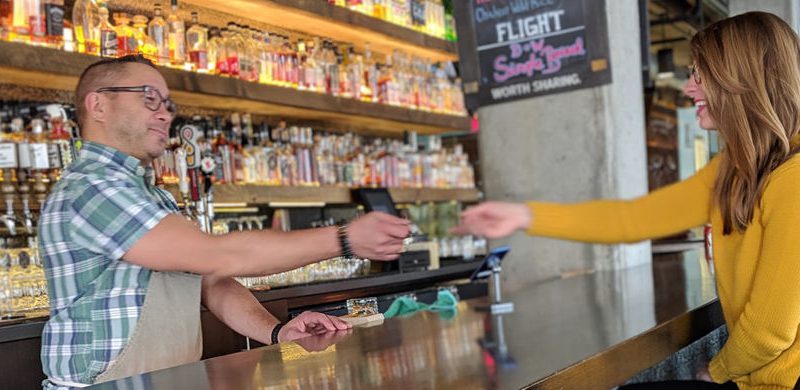We’ve spent the past decade watching bars and nightclubs struggle to manage their business and communicate with their customers. It was fascinating: people transformed how they interacted with businesses and brands, but hospitality venues hadn’t yet adopted to the change. Consumers had gotten accustomed to the savviness of online businesses sending recommendations based on past habits and reminders based on timing. It’s personal. It’s experience-driven. It’s humanized. And now they’re driving that change within nightlife.
What we noticed is the gap between how venues operated and what customers expected created a void between customers and venues, and created a disconnect in business performance. But the root issue was more than just consumers adapting at a faster rate than venues could keep up with.
The root issue was data. Not just any data. Humanized data.
There’s data all over your venue. Your POS system, your guestlist, your reservations, website visitors, general admission guests, inventory, and even your staff are all data points that exist throughout your venue. The issue is none of it talks to each other, so all it ever exists as is raw data points that you may or may not even know you have access to.
When you combine all your data together, you have the possibility of seeing the complete picture. Think of it as a puzzle, where each sector of your business is one puzzle piece. When combined together, you have the complete picture. That’s comprehensive data.
The next step is to take that comprehensive data and humanize it. But what does this actually mean?
Humanized data is data that tells a story. It provides insights into which triggers increase or decrease business performance and guest experience. It’s about turning quantitative numbers into qualitative actions.
Let’s take your POS reports as a starting point. As an individual puzzle piece, you can pull reports and see what your total sales were for a given day and how many transactions made up those sales. But if you stop there, you’re only looking at one piece of the puzzle.
When you combine your POS with an ID scanner, you open the door to understanding who the guests were that made up those transactions and even who the guests were that attended but didn’t buy anything. When you sync POS and ID scan with your inventory management system and your staffing system, you begin to get comprehensive data on what combination makes a night a success, and what combination makes a night a failure.
With humanized data, you turn the raw comprehensive data points into a story. What started as 800 transactions for a total of $32,000 is now 1,000 guests from across the state — of which 66% are new and 34% are returning. Their primary age ranges are between 21-30 years old, with 26-30 being the most dense. They’re primarily male who have an average cost per transaction of $32, which was made up of 4 items. Whiskey coke rail drinks were the most popular order, particularly made with Jack Daniels. The busiest checkin time was the 11:00pm hour, more specifically at 11:45pm. But you were overstaffed from 8-11pm, causing your labor to sales ratio to ultimately hinder your profitability for the night.
Now that’s humanized data. It’s not just numbers in a spreadsheet – it’s a wholistic story of what made up a night. It’s a buyer persona to work from. It’s insight into which triggers you can pull to do more of what works and less of what doesn’t.
• When you have access to this level of insight, you can start asking yourself:
• How does my gender or age demographics affect my sales?
• At what percentage of capacity do I start losing money?
• What types of music brings in the most bar sales?
• Are you more profitable during special events or regular nights?
The best part is, when everything is synced, it’s also tracked and measured so you can try different things and see the impact it has on your business. It’s this mentality that has allowed other industries to thrive, and it’s this level of insight that will allow you to close that gap with your customers and build a powerful business.

